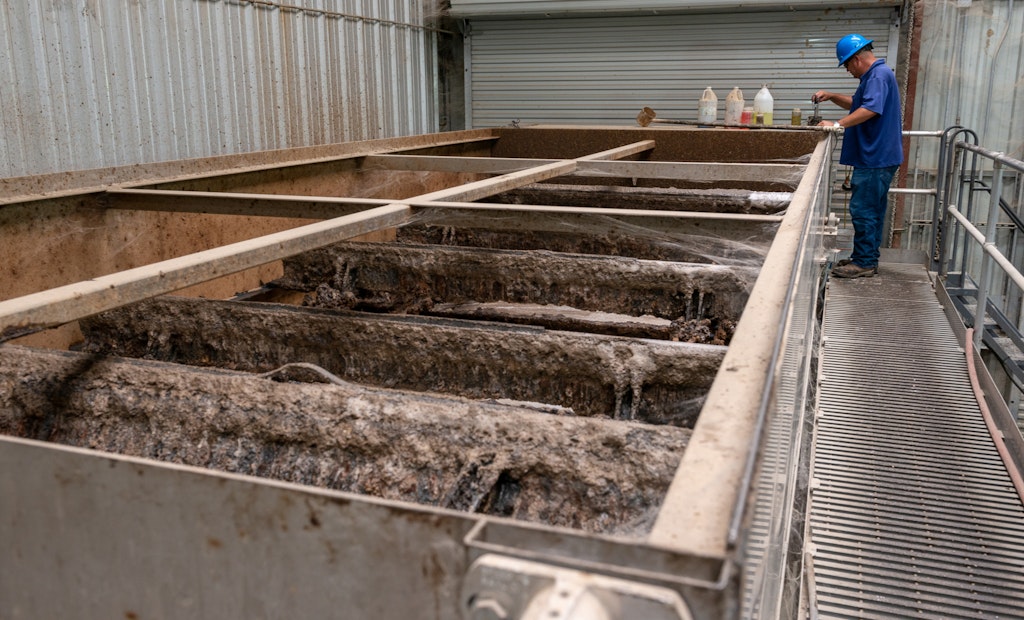It’s simple enough to explain why the founders of Liquid Environmental Solutions decided to focus on grease collection and disposal when they established the company in 2002: More and more municipalities want nothing to do with treating grease trap waste.
To fill that void, the...






